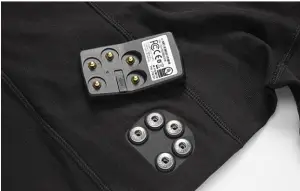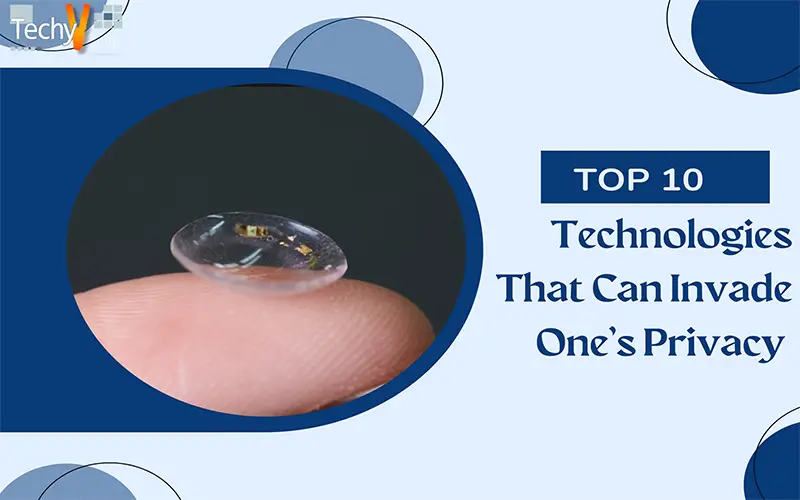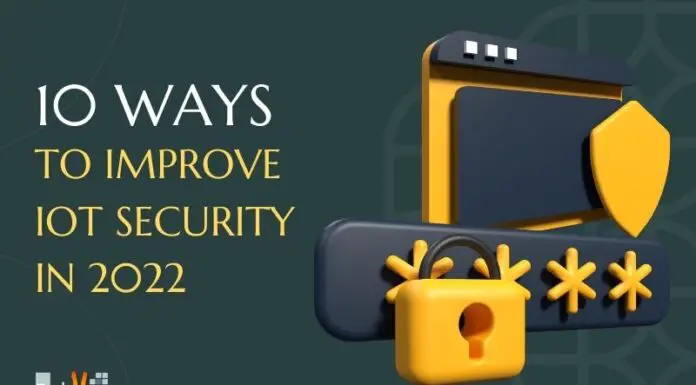1. Intelligent Glass Translate foreign text:
The AT &T of Japan, NTT Docomo has come with a pair of glasses which enables the wearer to read and the foreign text in just five seconds. This device uses character recognition technology and is basically for abroad travelers. The device on looking a foreign text, the glasses shows a translation overlay to translate the text in your preferred language. You can also turn any flat surface into a touch screen using these glasses.
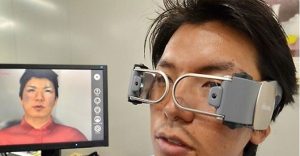
2. Contact lenses Detect Blood Sugar:
Google has come up with new contact lenses that can detect the blood sugar of any person through their tears and change color according to the amount of sugar detected. These are for a diabetic patient who can use conveniently measure their sugar levels without sticking needles in their body. It is made up of soft touch contact lens with a chip that is embedded inside.
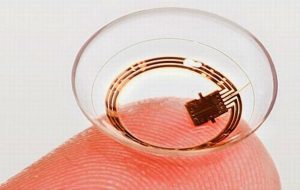
3. Wristband Pulses to Warm or Cool Wearer:
Student trio of MIT has created a device that can monitor the body temperature and outside air temperature, and adjust the body temperature accordingly. According to one of its inventors, it constantly tricks the body that it really cold and forces the body to adjust and change its temperature.
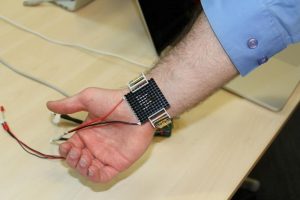
4. A bra that sends a tweet:
In 2013 Nestlé’s Fitness division along with tweeter has created a special edition bra that tweets whenever it’s taken off to create awareness about breast cancer. The bra transmitted a message via a remote server to the mobile device of a wearer and generate a tweet on the social network to create a reminder of women to self –examine themselves for breast cancer.

5. Skin Tattoo takes body temperature:
The researcher team of China, USA and Singapore has invented an extremely thin electronic path that sticks to the skin like the temporary tattoo. This tattoo can measure the temperature of the person wearing it and also measure blood vessels, constriction, and dilation. It also measures the health state of heart, brain and other organs in the body.
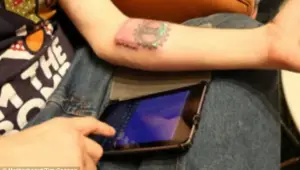
6. Human to human Mind Meld:
An experiment was carried out at the University of Washington in which professor was able to control the action of colleague situated on the other end of campus. Professor Rajesh Rao with his colleague Andrea Stocco donned electroencephalography (EEE) caps and sat on the opposite side of campus. The professor was playing a video game with his imagination and imagined to move his right hand to fire a gun, The Electroencephalography cap take this signal and sends it to Andrea whose right hand then instinctively moves to press the spacebar on the keyboard.

7. False Memories Implanted in Mice:
A team of researchers by using optical fibers was able to manipulate mice into believing that caring area was dangerous for them by implanting false bad memories. Humans have similar biology to mice. When the scientist can figure out how they can manipulate the neurons on human, we could have operated for removing traumatic memories and pleasant implant one. This could also help in fixing illness like amnesia and schizophrenia.
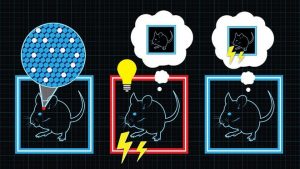
8. Implants to Deliver Medication:
A join team of Harvard University and the University of Toronto has able to build various implants made up of hydro polymer which is compatible with living tissue. These implants were themselves implanted with photosensitive cells that react on receiving light and able to simulate insulin protection through the synthetic protein.
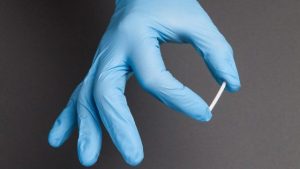
9. Emotion triggered Ads:
New technology has come that works in sync with Computer webcam to scan the face of the person who is viewing the screen at the moment. By using a face recognition software and detailed knowledge of people reaction combination the software can use webcams to determine your mood and can guess your emotional reaction accurately and serve ads accordingly.

10. Bra Sensor that monitors munches:
Microsoft Research has come with a special bra that with the combination of a smartphone app, can prevent a person from overeating. It has series of sensor embedded in padding measure the heart activity of woman wearing it. People eat more when they are stressed, these sensors use heart rate, temperature, and rate of movement to determine the stress level and help the wearer to regulate their eating during stress.
